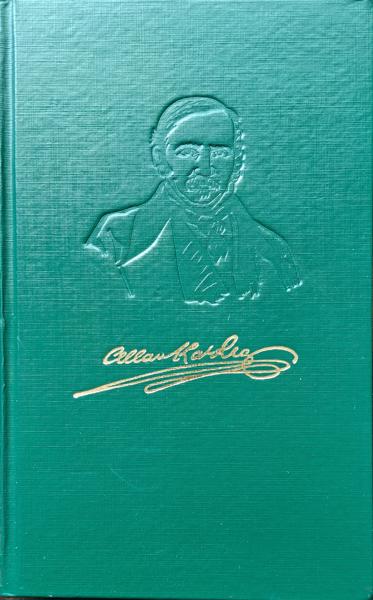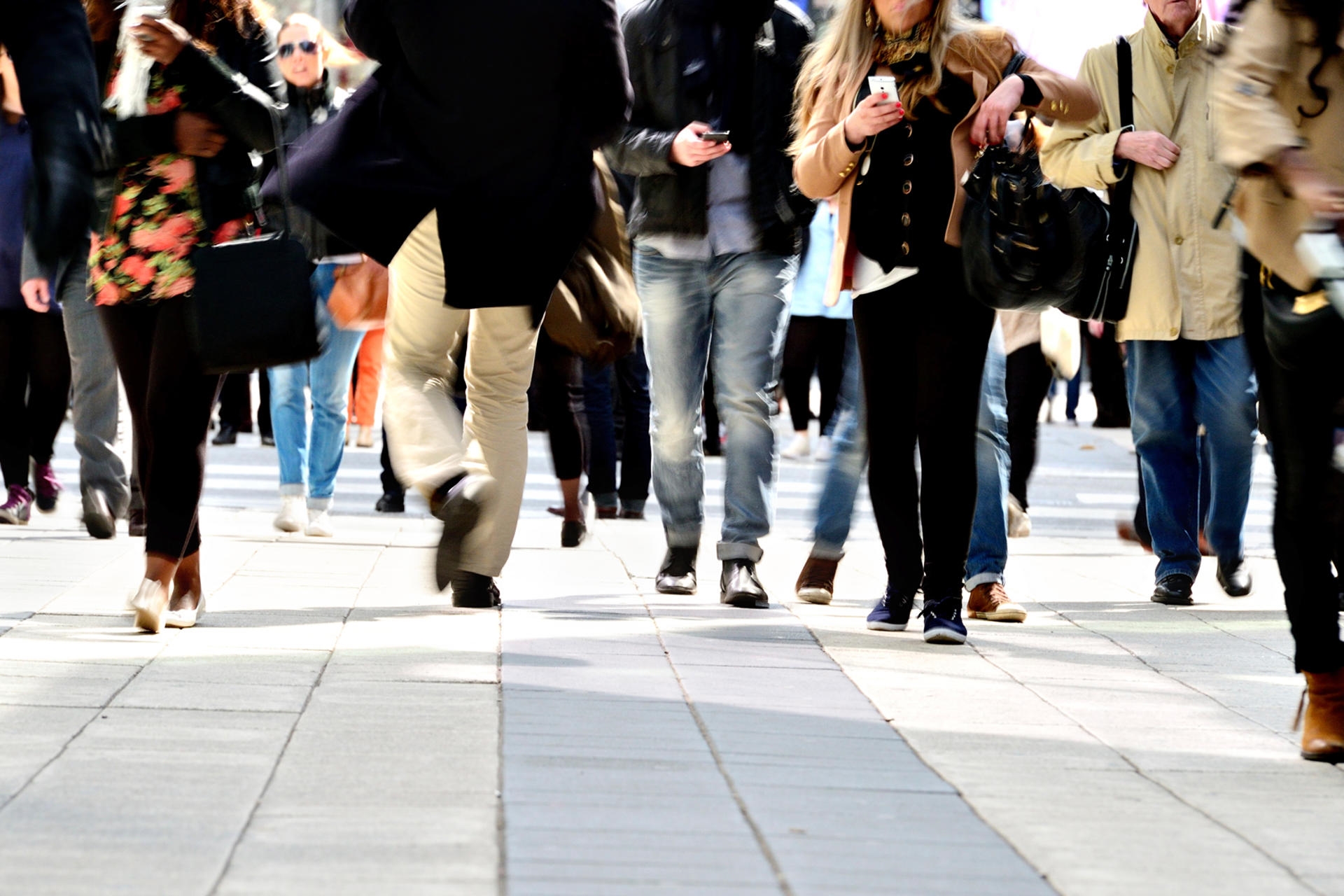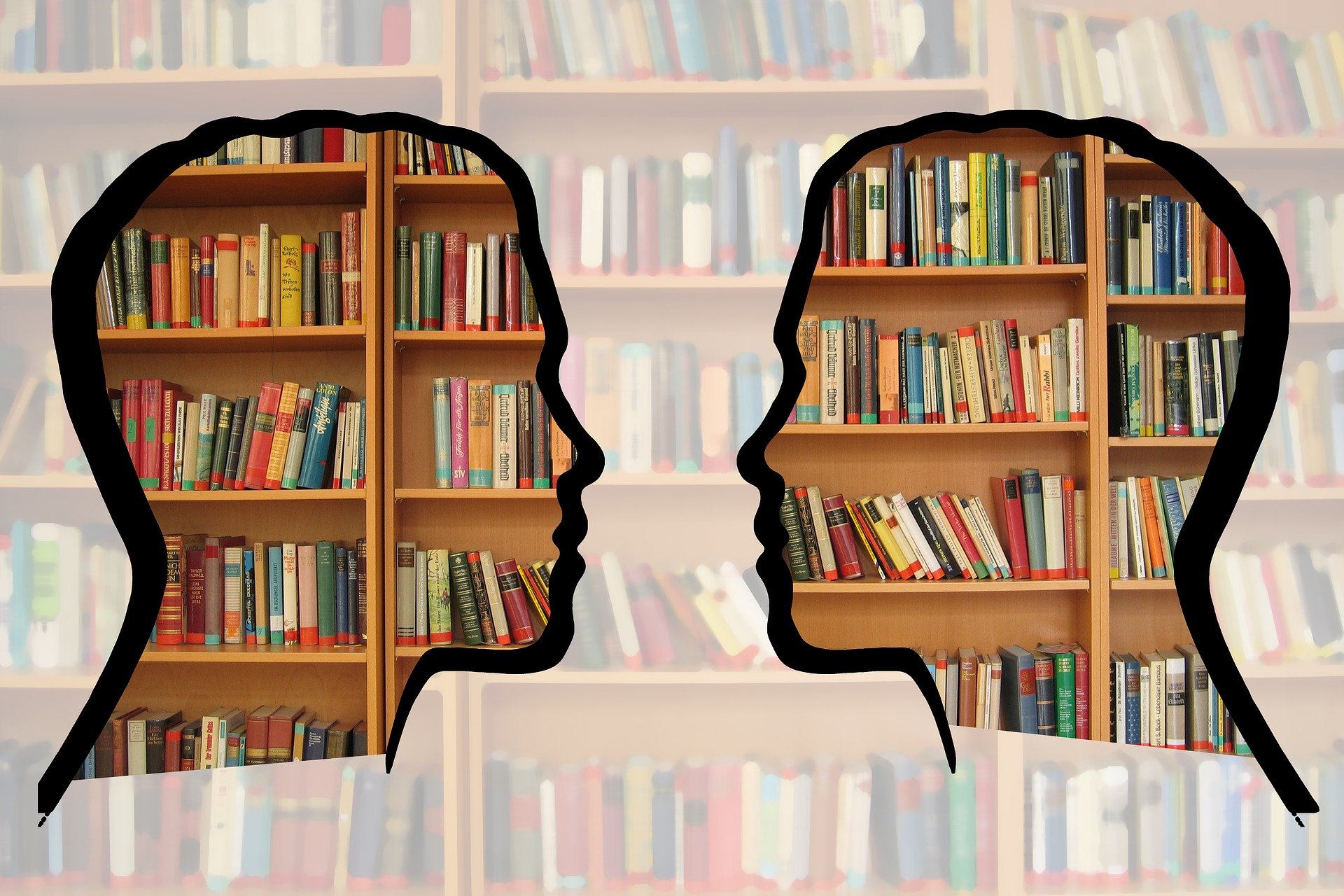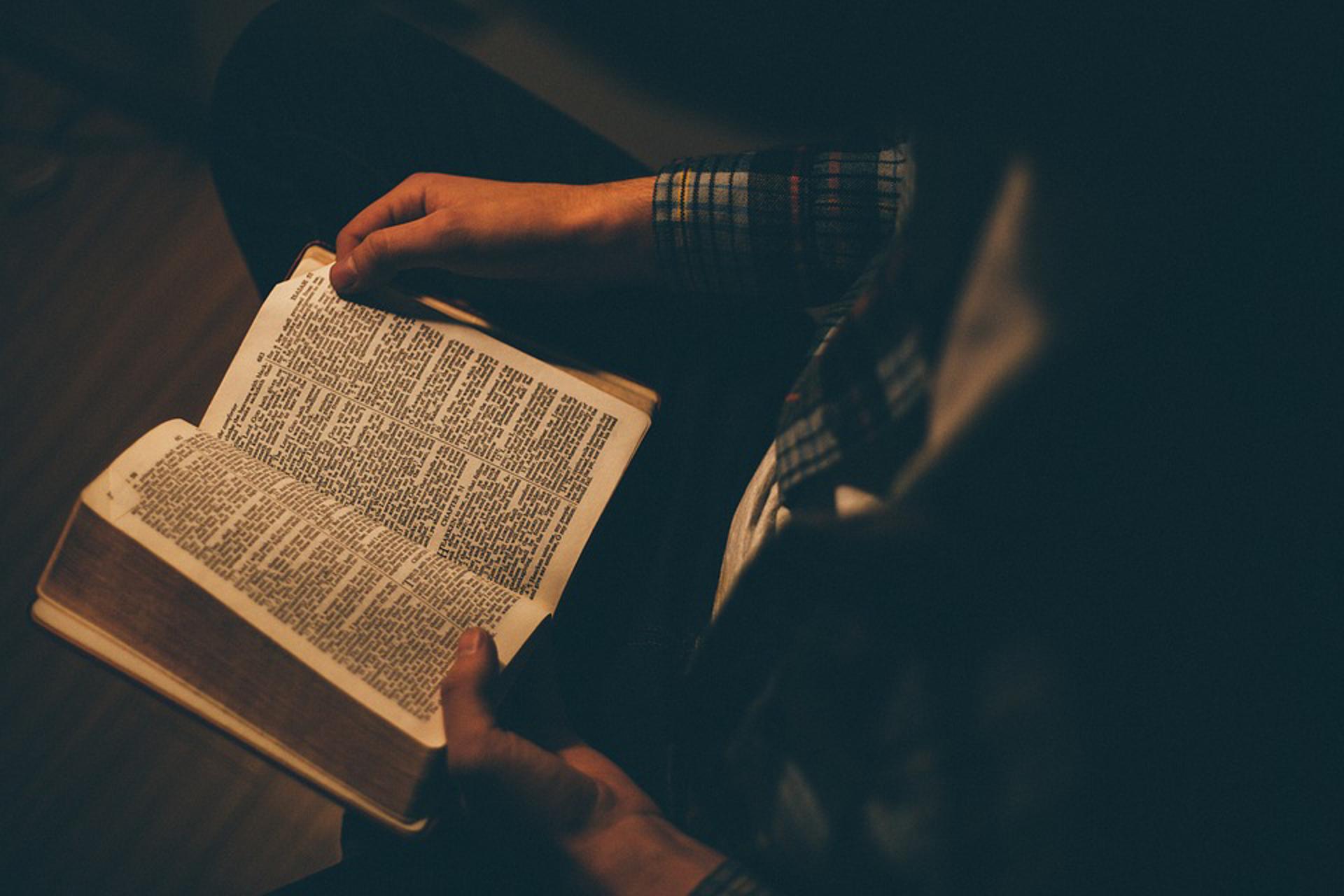The mediumship of Carlos Mirabelli

Carlos (Originally, Carmine), a Brazilian of Italian parentage (ironically, his father was a Lutheran clergyman), was born in Botucatu, and after leaving school, worked in a shoe shop where he found himself in the midst of poltergeist activity: "The shoe boxes took to leaving their shelves and flying around the shop, sometimes even accompanying him out into the street".(3)
Consequently, and regrettably, he was incarcerated in an asylum. However, those who cared for him decided to carry out tests and discovered his ability to move objects without physical contact with them. It appeared there was an excessive nervous activity in Carlos that prompted such activity, and while this in itself was abnormal, he was not found to be insane and was duly released.
Realizing his remarkable talents, Carlos put them to use and in the early stages, usually demonstrated them for entertainment purposes. News of his abilities eventually reached Europe by virtue of a Portuguese leaflet entitled, O Medium Mirabelli. This was followed by an account in the German parapsychological publication, Zeitschrift fur Parapsychologie, in August 1927; the publishers were initially sceptical about the claims being made and sought confirmation about the witnesses from the Brazilian consul in Munich. The consul confirmed the integrity of the witnesses, further adding that fourteen of them were personally known to him. When reports about Carlos reached Britain, the SPR's overall stance was to reject them as being absurd; in its Journal, it referred to some of Carlos's feats and despite having been attested by over five hundred persons, they were considered as being "far too good to be true".(4) However, the following month, reference was made again to Carlos, and while admitting "the numberless disappointments which physical phenomena have brought Psychical Research", the writer agreed that "such evidence as this cannot be ignored".(5)
Certain persons, e.g. Count Perovsky, believed that Carlos should be brought to Europe; however, apart from a number of prominent researchers already being occupied, the resources to do this were not available. The following year, yet another note was made that two investigators, Prof. and Frau Driesch, had witnessed phenomena produced through Carlos's mediumship, and while they were less than that reported earlier, Prof. Driesch had "signed a statement not unfavourable to the genuineness of some of them", e.g. they had witnessed object movement at some distance from the medium, and in a good light.(6)
The situation was problematic as European researchers did not have confidence in Brazilian researchers whom they believed lacked the necessary expertise. Therefore, an impasse ensued: European researchers could not investigate Carlos first-hand, but they would not rely upon the findings of their colleagues in Brazil. Indeed, as Beloff points out, the reports of Carlos's mediumship involving the full materializations of known persons in the full light were "altogether too far out to gain credence outside Brazil".(7) Although researchers did eventually travel abroad and meet Carlos, this was at the end of his mediumistic career by which time his powers had waned. Unfortunately, there was the further factor that the SPR was still very much suffering from its sceptical opinion about physical mediumship, and it is evident that the Europeans lost a possibly unique opportunity to witness a level of mediumship that had not been seen before.
It is because of this, comparatively little was said about Carlos in Europe, and certainly so when considering his spectacular mediumship, although a limited amount of discussion does arise very occasionally. In 1992, Guy Playfair (who in 1973 interviewed witnesses of Carlos's mediumship) raised the matter of a photograph of Carlos levitating, and discussed how fraud must have taken place in view of the markings on the photograph. He repeated the opinion expressed earlier, that he believed Carlos indulged in this simply through his "anxiety to put on a good show" for foreigners, and it is unlikely that he relied upon fraud in view of what was witnessed by so many people.(8) As Dingwall related, such levitations, sometimes to a height of two metres and lasting several minutes, had been "in the presence of a number of people and in full view of the public".(9) The most detailed work about Carlos's mediumship was that by Eurico de Goes who investigated Carlos, and believed that through this, he had communicated with his wife; this was apart from witnessing over a hundred materializations, some of which were able to be present with sitters for lengthy periods of time.(10)
During the peak of Carlos's activity, Europeans either scoffed at the reports crossing the Atlantic, or called for investigation that could not actually be funded. Meanwhile, Carlos continued to demonstrate his abilities in Brazil that resulted in an investigation being organized.
One such instance that prompted the desire to consider his abilities was when Carlos dematerialized in daylight, and reappeared ninety kilometres away: the event being witnessed by many people. Furthermore, through automatic writing, various personages communicated in their native tongue, about specific matters with which they had been involved, and Carlos would write many pages at a truly remarkable speed in the language of the communicator. Additionally, he also drew portraits of people who had died, "which were identified by surviving relatives".(11)
The statements that exclaim Carlos's mediumship are surely not exaggerated; his mediumship also included healing and even musical phenomena when those nearby would hear different types of music. Dingwall referred to an amusing instance when "many persons" heard drums beating and trumpets blaring, and "bottles and glasses which were standing together then began to move and strike one the other...producing perfectly harmonious sounds".(12) In the case of his healing work, in which he had a number of successes, he was prosecuted for practising medicine but not being qualified to do this. It was by virtue of so many people, including many respected academics, coming forward to support him and testify to his abilities, that it was decided a formal investigation had to be carried out.
The investigation was conducted by the Cesar Lombroso Academy of Psychical Studies founded in 1919, and commenced with the different investigators considering various aspects of the phenomena: the report of Carlos's mediumship, published in 1926, include how: "the medium spoke 26 languages, including 7 dialects; and wrote in 28 languages, among them 3 dead languages". Of this, Inglis added, "this was remarkable enough, as Carlos had had so little formal education; but the physical manifestations surpassed any that had ever been reported, anywhere".(13) Indeed, Carlos's ability to facilitate materializations, as witnessed by the investigators, was surely one of the most marvellous demonstrations ever seen.
The investigation that was conducted into Carlos Mirabelli's mediumship involved three hundred and ninety-two sittings for different types of phenomena, and in sixty-three of these, physical phenomena was produced: the sittings were held in daylight, or with bright artificial lighting. In one, Carlos was levitated and remained so for some minutes; furthermore, in a sealed room, raps were heard together with a voice that was recognised by Dr Souza, one of the investigators, as being that of his daughter who had recently died. If this was not enough, the girl materialized and embraced her father. Her pulse was felt by a doctor who was one of the sitters, and she responded to questions asked of her; moreover, she was photographed with her father before she dematerialized in front of the ten investigators who were there. During this time, Carlos, "lay as if dead in his chair".(14)
In one of the seances, after the room was filled with the odour of roses, a bishop, Camargo Barros, who had died only recently, materialized and was carefully examined by the doctor. During these events, Carlos was secured to his chair, in trance, and fully visible. The bishop told the sitters to witness his dematerialization which duly occurred, after which the room was filled with the odour of roses again. Another instance of recognition was when a person materialized and was recognized as Prof. Ferreira who had recently died. He was examined by the doctor, and "a photograph was then taken after which the form became again cloudy and disappeared".(15) During the seances, the investigators also noted the drastic changes in Carlos's physical state, i.e. his temperature would vary, as would his pulse rate and respiration.
A further example that demonstrates the spontaneous nature of Carlos's mediumship was the occurrence of the materialization of Dr de Menezes. On this occasion, a bell on the table levitated and began to ring in the air; Carlos awoke from trance and described a man whom he could see. Suddenly a man, as described, materialized, and two sitters recognized him as de Menezes. When the doctor present attempted to examine the materialization, he fainted when the form decided to float away. Fodor refers to how, "the figure began to dissolve from the feet upwards, the bust and arms floating in the air".(16)
One incident that provides some idea of the sheer marvel of witnessing Carlos's mediumship was when an Arab appeared above the table and "then the form descended and took its place among the observers". He was then closely examined by three doctors for over half an hour and photographed: "The sitters thereupon surrounded the table and watched the figure slowly rise into the air, remain floating for ten or twelve seconds and then suddenly disappear".(17) A further example of Carlos's proficiency was when in 1934, during one of his seances, flowers materialized, and bottles, a chair and keys moved about the room, and a picture was lifted from the wall, floated in the air and then hit one of the sitters on the head. Meanwhile, Carlos wrote an essay, in French, of nearly two thousand words.
There were also instances of Carlos dematerializing from the sealed seance room to another room, and the seals on his bonds being found untouched. When he disappeared, some of the sitters remained in the seance room while others went to search for him: "He was soon discovered in a side room lying in an easy chair and singing to himself".(18) It cannot go unnoticed how Dingwall mentioned that Carlos "submitted himself to the severest tests of...investigators, passively suffered being tied and stripped, until doubt was excluded".(19)
It was this type of activity that prompted some investigators outside Brazil to believe that Carlos's mediumship could not be ignored; Dingwall was one such person. Faced with so many reports of spectacular phenomena, witnessed by hundreds of people and sometimes photographed, an answer was clearly required. In 1930, Dingwall wrote of Carlos's mediumship in the Journal of the American Society for Psychical Research, the contents of which have already been cited above. He said that the phenomena was "so extraordinary indeed that there is nothing like them in the whole range of psychical literature". Relevant in view of what the Europeans were saying, he also argued that, "It would be easy to condemn the man as a monstrous fraud...But I do not think that such a supposition will help even him who makes it". Despite this, the best that Dingwall could say on his own behalf was that he could not make any decision; he said that Carlos could be a fraud and the materializations were his confederates but admitted "confederates are human beings and human beings do not usually rise into the air, dissolve...and float about".(20)
The possibility of fraud seemed improbable in view of the many witnesses and photographs, and that seances were conducted in the light. Hallucination would not provide a this-worldly explanation either, as the events were photographed. Dingwall realized, much to his discomfort, that Carlos's mediumship would pass by without any European investigation as, "The chaos in which psychical research finds itself at present prevents any really valuable systematic work being done".(21) It cannot go unnoticed that Dingwall's report was published by the American SPR rather than the British SPR. It was in 1933 when Carlos was seen by Mary S. Walker of the ASPR, and she was impressed by what she saw, although by this time, Carlos's powers had diminished.
The following year, Theodore Besterman visited Carlos and then produced a very negative appraisal of the mediumship in the SPR's Journal; however, Playfair points out that in respect of some of the things stated, Besterman "overstated his case".(22) Indeed, as Besterman was forced to admit, while suggesting all manner of "explanations" for Carlos's mediumship, in one case he was unable to do this and said that his most likely explanation for the feat witnessed was "practically impossible", and "any other fraudulent method is difficult to conceive".(23) A typical example of the behaviour of some researchers is well illustrated by Beloff's note: he states that he corresponded with both Dingwall and Besterman in 1972, and "neither was willing to stand by his original endorsement yet neither could offer any coherent reason for changing his mind".(24) When Barrington comments on Besterman's stance, she observes: "having witnessed phenomena he could not explain (a substantial blackboard about 2 ft 6 in square revolved several times when placed on top of a bottle) he decided in the end that it had to be, somehow, fraudulent".(25)
In contrast to what the British researchers were saying, the effect of Carlos's mediumship on those who saw it was decisive. One example is when in 1933, Carlos was handcuffed and bound, and flowers floated into the seance room through a locked window, and a statue promptly pursued them. During this time, Carlos spoke in Arabic to one of the sitters who realized that it was the voice of his mother who had died nearly thirty years earlier: the sitter, an investigator, "became a Spiritist on the spot!".(26) When the time came for the secretary, a German man, to read the minutes, he realized that he had not brought his spectacles with him. A German voice then spoke, saying that he was the man's father and would get them for him and, "the spectacles promptly appeared in the secretary's hands". At another seance, Carlos was held by two sitters, whereupon he began to glow in the darkness, "lighting up the whole room".(27)
Playfair notes that while Carlos received payment in some instances, 'it is also quite certain that he gave a lot of money away and was a generous and kind-hearted person". Although Carlos was a Spiritist, the possibility that he sometimes "helped things along", the often bizarre type of phenomena that occurred, and his extrovert behaviour, did not always endear him to his fellow Brazilian Spiritists: "He led a somewhat Bohemian life...He was a big spender, who would think nothing of buying ten suits or a dozen pairs of shoes at a time, only to give most of them away!".(28) Some Spiritists would therefore not associate themselves with Carlos, and Playfair comments on how one of the leading Spiritists was always apprehensive about meeting Carlos; this was because "everything seemed to get smashed up when he was around", i.e. a reference to how objects would suddenly start to move and fly about in Carlos's presence.(29) In fact this type of activity affected Carlos's personal life: "[his sons] in fact led lives somewhat remote from their father, since their mother did not greatly appreciate having the table cutlery flung across the room by unseen hands or having the furniture pile itself on top of her, so she and the children lived apart from Mirabelli by agreement".(30)
Carlos was particularly fond of animals and opera, and involved in the foundation and running of the São Luiz House of Charity. As is typical in a country dominated by the Roman Catholic church, Brazil suffers from the extremes of immense wealth for the few, and widespread severe poverty for the many, and this charitable organization was constantly used by those needing assistance.
Carlos also suffered the consequences of practising his mediumship in a Catholic country by having to appear in court on fifteen occasions to answer charges that were raised against the work that he did. Notwithstanding these problems, he successfully demonstrated the reality of survival to many people in a truly extraordinary way.
Despite the reservations expressed in this country, there seems to be no valid reason why the monitoring by the Brazilians should be seen as unsatisfactory. Moreover, in view of the number of witnesses involved, the phenomena observed, and the mode in which these occurred, there can be little doubt that Carlos Mirabelli was a physical medium of very considerable ability.
References
(1)B. Inglis, The Paranormal: An Encyclopedia of Psychic Phenomena (London: Grafton/Paladin, 1985), p.306.
(2)G. L. Playfair, The Flying Cow (London: Souvenir, 1975), p.78.
(3)B. Inglis, Science and Parascience: A History of the Paranormal, 1914-1939 (London: Hodder and Stoughton, 1984), p.221.
(4)'Notes on Periodicals', JSPR, October 1927, p.127.
(5)'Notes on Periodicals' JSPR, November 1927, p.144.
(6)'Notes on Periodicals, JSPR, December 1928, p.407.
(7)J. Beloff, Parapsychology: A Concise History (London: Athlone Press, 1993), p.261.
(8)G. L. Playfair, 'Mirabelli and the Phantom Ladder', JSPR, 58 (1992), p.202.
(9)E. J. Dingwall, 'An Amazing Case: The Mediumship of Carlos Mirabelli', JASPR, 24 (1930), p.296.
(10)De Goes's work was Prodigios de Biopsychica obtidos com o medium Mirabelli (1937). Another detailed writing by someone who had witnessed Carlos's mediumship was that by Carlos Imbassahy entitled, O espiritismo a luz dos fatos (1935).
(11)The Flying Cow, p.87.
(12)Dingwall, p.297.
(13)Science and Parascience: A History of the Paranormal, 1914-1939, p.223.
(14)Dingwall, p.299.
(15)Dingwall, p.300.
(16)N. Fodor, Encyclopaedia of Psychic Science (London: Arthurs Press, 1933), p.244.
(17)Dingwall, p.300.
(18)Dingwall, p.300.
(19)Dingwall, p.303.
(20)Dingwall pp.296,301,302.
(21)Dingwall, p.301.
(22)Playfair, p.89.
(23)T. Besterman, JSPR, 29 (1935), p.148.
(24)J. Beloff, Parapsychology: A Concise History (London: Athlone Press, 1993), p.260. See also Beloff's The Relentless Question: Reflections on the Paranormal (1990), where he refers to the opinion of Dingwall as 'a tortured soul in whom an irresistible fascination with the paranormal alternated with an abject disillusionment compounded by a deep contempt for his fellow investigators' (p.37). The situation is surely revealed in Dingwall's lengthy essay in A Century of Psychical Research, ed. by A. Angoff and B. Shapin (1971), in which he throws scorn on Spiritualism that he likens to medieval superstition. However, the principal target for his contempt are parapsychologists whom he accuses of being involved in deception and crass stupidity.
(25)Mary Rose Barrington, 'Book Reviews', JSPR, 61 (1996), p.170.
(26)Playfair, p.83.
(27)Playfair, pp.83,84,85.
(28)Playfair, pp.80,81.
(29)Playfair, p.106.
(30)Barrington, p.171.
NB. In South America, Spiritism differs from British Spiritualism, with the Kardecists and the followers of Umbanda, or Candomble. The first group follows the teachings of Allan Kardec, with a belief in reincarnation, and lays great emphasis on the necessity for charity and healing.
Although Playfair refers to widely varying figures for the number of adherents, a census in 1972 revealed nearly a million people claiming to adhere to one of the three groups. He also notes how in 1971, a 'staggering 68% of all those interviewed were prepared to admit the existence of Spiritism as a valid faith, while 49% had visited a Spiritist centre' (Ibid, p.13). Possibly there are some important lessons here that British Spiritualists could learn from their South American cousins.
Source: The Spiritist Messenger, 15th Year, Number 82, January 2007
This article appeared in the May and June 1997 issue of Noah's Ark Society Newsletter and is reproduced with permission.








